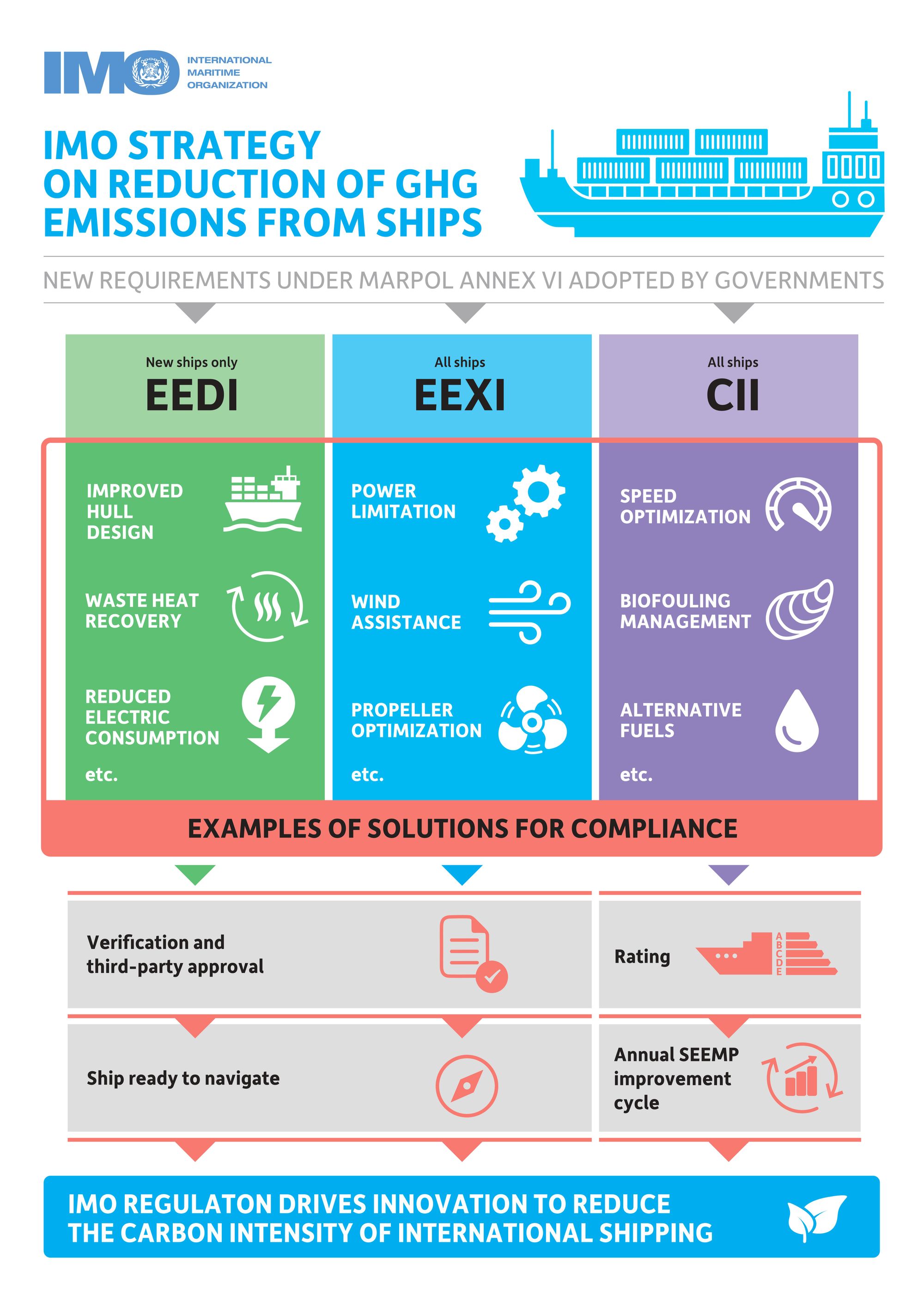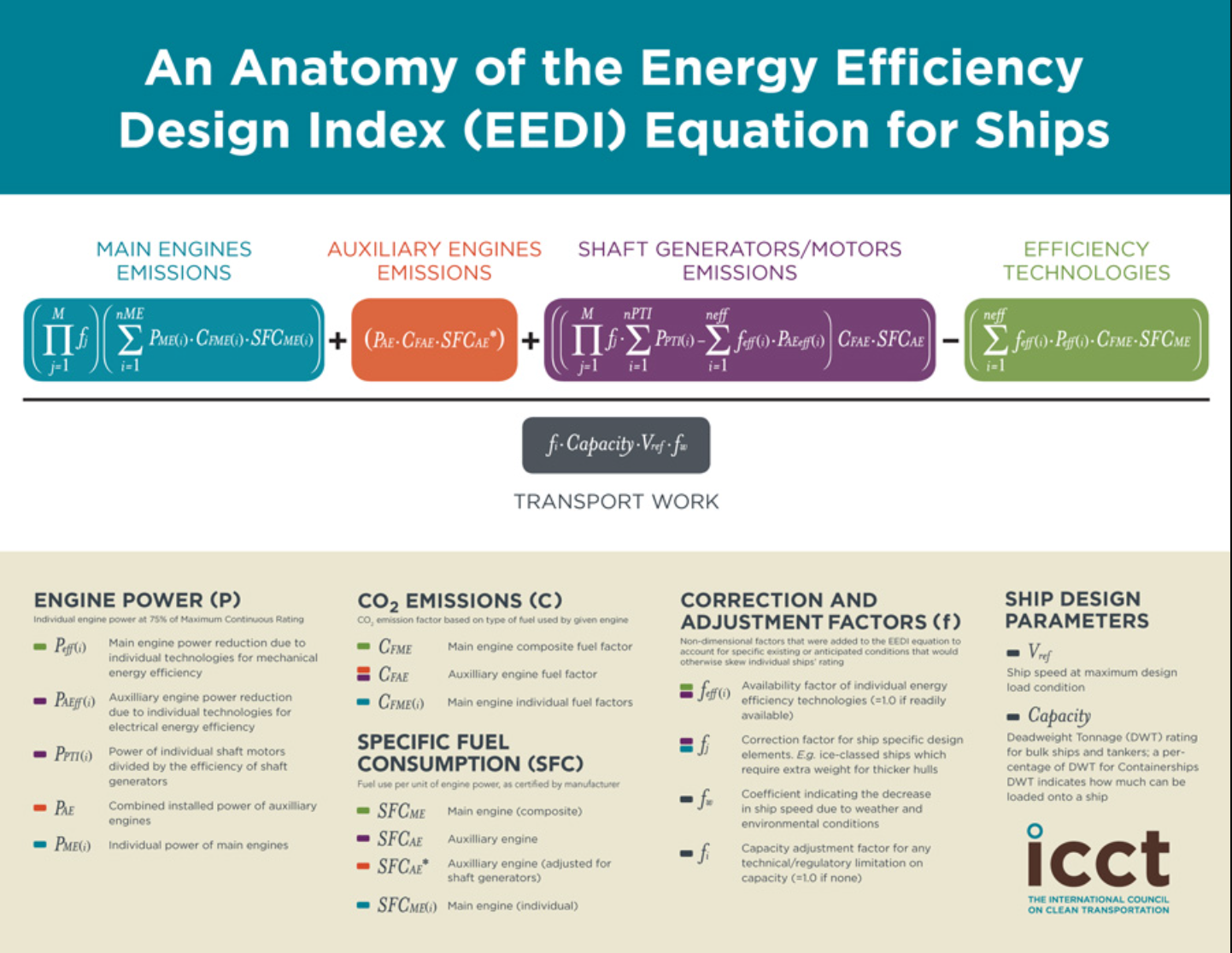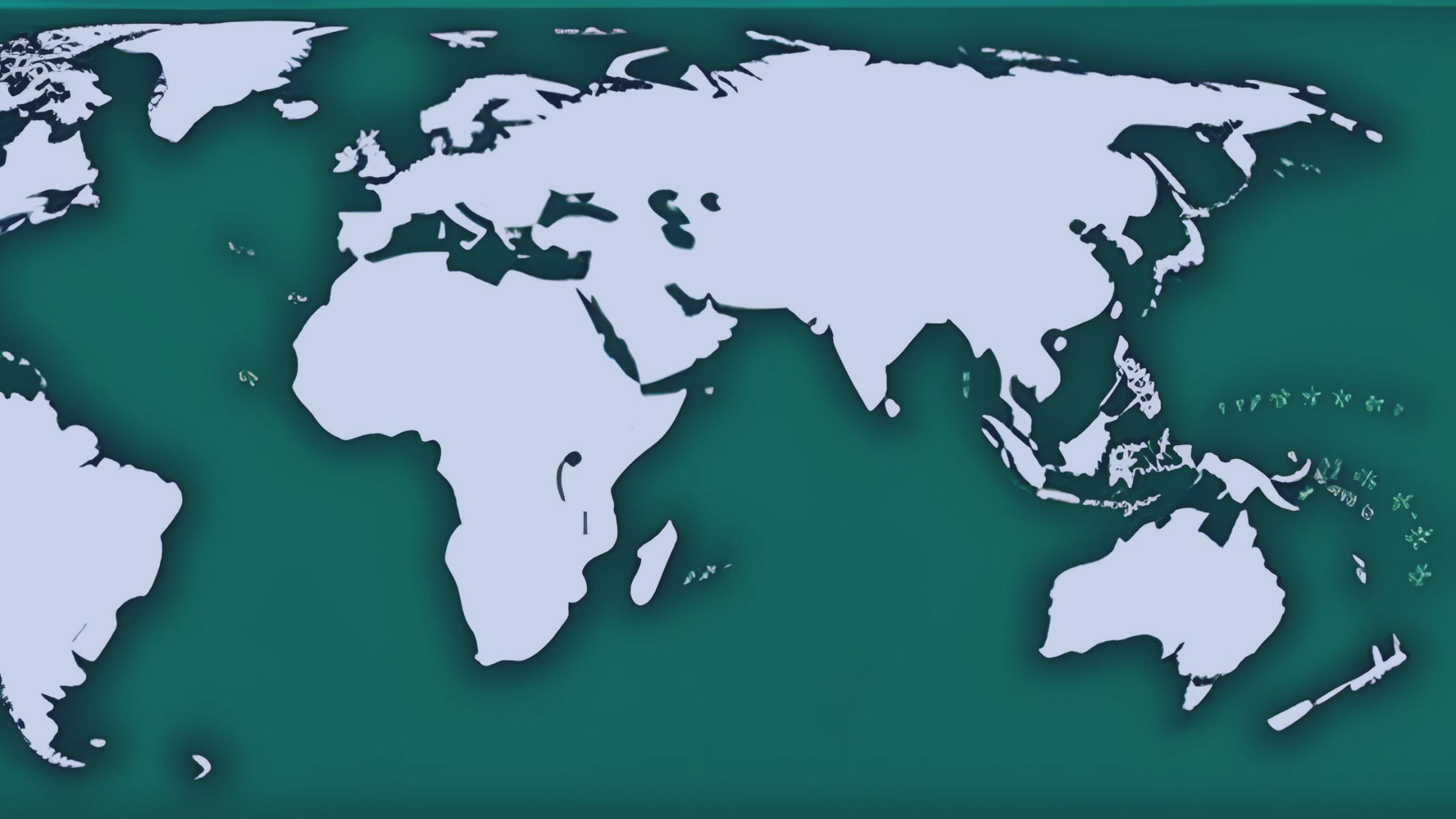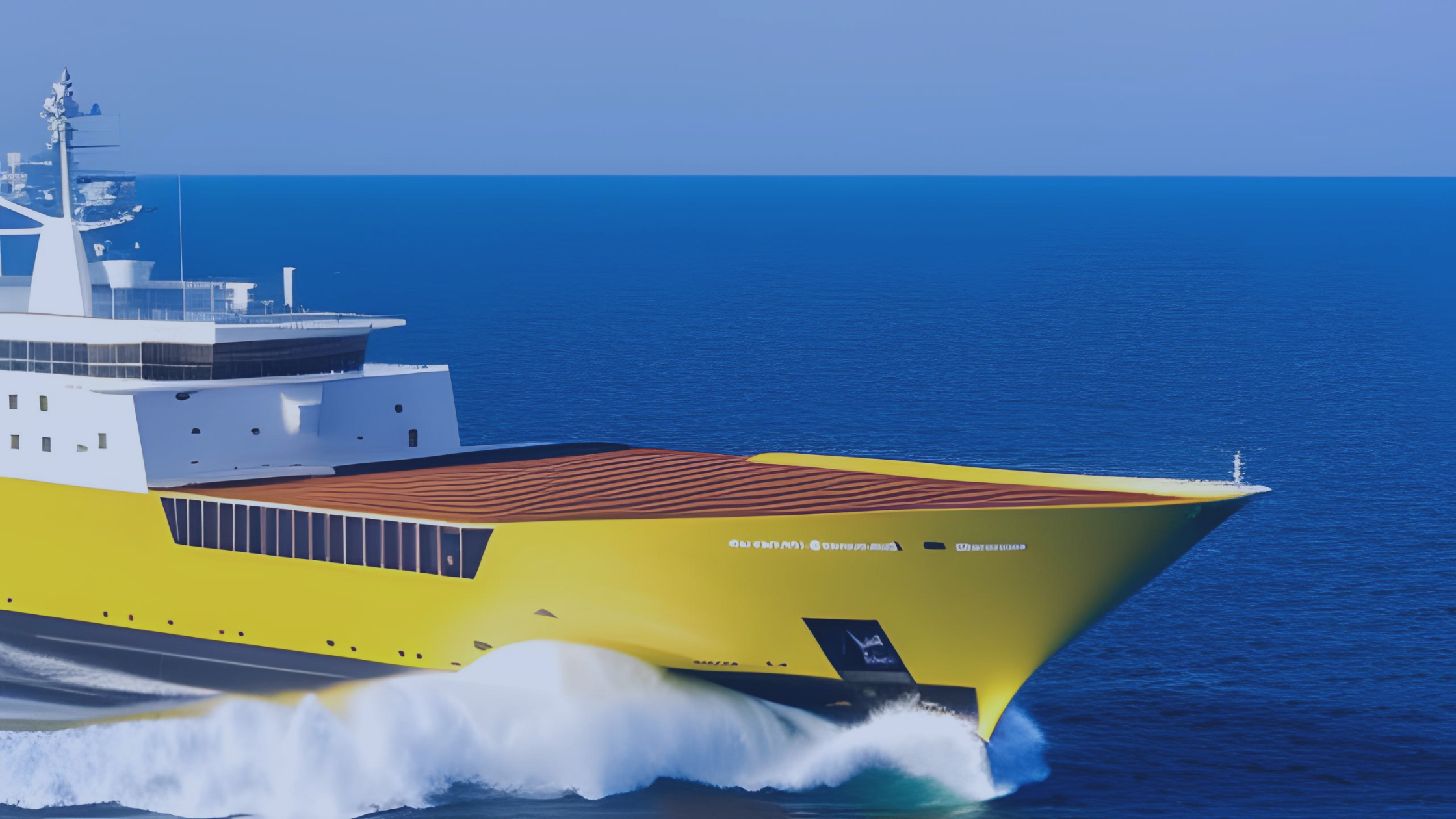Decoding MARPOL’s EEDI Regulations: Paving the Way for a Greener Maritime Future

In an ever-evolving world where environmental concerns are at the forefront, the maritime industry stands at a crossroads, facing the pressing challenge of reducing its carbon footprint and mitigating its impact on climate change. As the backbone of global trade and transportation, the shipping sector plays a pivotal role in shaping the sustainable future we all aspire to achieve. Enter the Energy Efficiency Design Index (EEDI), a paramount regulation under the prestigious International Convention for the Prevention of Pollution from Ships (MARPOL).
"The greatest threat to our planet is the belief that someone else will save it."
Robert Swan
MARPOL, short for the International Convention for the Prevention of Pollution from Ships, is an internationally recognized treaty established by the International Maritime Organization (IMO).
This comprehensive framework addresses various forms of marine pollution caused by ships, aiming to safeguard our oceans and marine ecosystems. Under the wings of MARPOL, the Energy Efficiency Design Index (EEDI) emerges as a powerful tool designed to reshape the maritime landscape and steer it towards a greener horizon.

The Annex of MARPOL that encompasses the game-changing EEDI regulation is Annex VI - Regulations for the Prevention of Air Pollution from Ships. Introduced in 1997 and later amended in 2008, Annex VI sets the stage for addressing air pollution concerns resulting from shipping activities.
It seeks to control harmful emissions of sulfur oxides (SOx), nitrogen oxides (NOx), and other greenhouse gases, significantly impacting climate change and human health. Within this crucial Annex, the EEDI shines as a beacon of hope, guiding the global maritime community towards greater energy efficiency and sustainable practices.
"The winds of change are blowing, and the maritime industry must embrace the power of sustainability to navigate the course of progress."
In this blog(a long one, we guess, so hold tight and keep reading), we embark on an enlightening journey to decode the significance and implications of the EEDI regulations. We will explore the core objectives of the EEDI, its applicability to different types of ships, and how it fosters technological innovations that redefine the shipping industry.
Additionally, we would understand the various compliance phases and the calculated approach to measuring a ship's energy efficiency. Our exploration will not only shed light on the environmental benefits of embracing the EEDI but also underscore its economic advantages for ship operators.
Join us as to decode MARPOL’s EEDI regulations and uncover the pivotal role they play in creating a cleaner, more sustainable maritime future. Together, let us unravel the transformative power of the EEDI in steering the global shipping industry towards a course that ensures the preservation of our planet's precious resources for generations to come.
The Energy Efficiency Design Index (EEDI) is a crucial regulation under the International Convention for the Prevention of Pollution from Ships (MARPOL), which is an international treaty developed by the International Maritime Organization (IMO). The primary goal of the EEDI is to tackle the significant environmental impact of greenhouse gas emissions generated by the global shipping industry. By imposing energy efficiency standards on newly constructed ships, the EEDI aims to reduce the carbon footprint and overall environmental impact of maritime operations.
"In the face of climate change, we must unite as global citizens and protect the one planet we all call home."
The Need for EEDI Regulation
The shipping industry is a vital component of global trade and transportation, responsible for moving approximately 80%-90% of the world's goods. However, it is also a significant contributor to greenhouse gas emissions, particularly carbon dioxide (CO2), which is a major driver of climate change.
The IMO recognized the urgent need to address the environmental impact of shipping and developed the EEDI as part of its commitment to sustainable and eco-friendly maritime practices.

Key Objectives of the EEDI
Mitigating Climate Change

The primary objective of the EEDI is to reduce CO2 emissions from shipping activities and contribute to global efforts to combat climate change. By setting energy efficiency standards, the EEDI aims to reduce the amount of CO2 released into the atmosphere per tonne of goods transported (tonne-mile).
Encouraging Energy Efficiency

The EEDI is designed to promote the adoption of energy-efficient technologies and practices in ship design, construction, and operation. This includes improvements in hull design, propulsion systems, waste heat recovery, and other fuel-saving measures.
Fostering Technological Innovation

The regulation drives technological innovation within the maritime industry. Ship designers, builders, and equipment manufacturers are encouraged to develop and implement advanced technologies that result in more energy-efficient vessels.
"We do not inherit the earth from our ancestors; we borrow it from our children."
Native American Proverb
Key Components of the EEDI Regulation
Applicability
The EEDI applies to newly constructed ships, including cargo ships, tankers, bulk carriers, and passenger vessels, with a gross tonnage of 400 or above. Existing ships are not subject to the EEDI requirements.
Reference Lines
The EEDI sets specific reference lines for different ship types and sizes. These reference lines represent the baseline energy efficiency levels that new ships must achieve.
Reduction Factor
To comply with the EEDI, new ships must achieve a certain reduction factor compared to the reference line. The reduction factor varies based on ship types and sizes, and it becomes more stringent over time through different compliance phases.
Compliance Periods
The EEDI is implemented in phases, each with its own compliance period. The regulation becomes progressively more stringent with each phase, encouraging continuous improvement in ship design and energy efficiency.
Calculation of EEDI
The EEDI is calculated using a formula that takes into account various technical parameters of the ship, such as engine power, ship speed, deadweight tonnage, and fuel consumption. The result is expressed in grams of CO2 per tonne-mile (gCO2/tonne-mile).
"Sustainability is no longer an option; it is a necessity for the survival of our planet."
Ban Ki-moon
Benefits of EEDI Regulation:
The Energy Efficiency Design Index (EEDI) stands as a pivotal instrument in championing environmental protection on a global scale. By curbing greenhouse gas emissions, it plays a crucial role in mitigating the impact of climate change and safeguarding our environment.
Beyond its ecological benefits, the EEDI also ushers in a new era of cost savings for ship operators, as energy-efficient vessels consume less fuel, translating into reduced operational expenses over the ship's lifetime. Moreover, the EEDI serves as a catalyst for technological advancements, fueling research and development in innovative, eco-friendly propulsion systems and ship designs.
This internationally recognized regulation fosters a spirit of collaboration among nations, encouraging unified efforts in addressing the environmental challenges posed by the shipping industry.
Embracing the EEDI signifies a profound commitment to sustainable and responsible practices, positioning the maritime sector as a champion for a cleaner and greener future, where the health and well-being of our planet and its inhabitants take precedence.
EEDI Calculation

Attained EEDI < Required EEDI = (1 — (X/100)) • Reference line value
where X is the reduction factor specified for the required EEDI compared to the EEDI reference line.
Let's go through an example of EEDI calculation for a specific ship. For this example, let's consider a bulk carrier with the following particulars:
Ship Particulars:
- Deadweight (DWT): 30,000 tons
- Maximum Engine Output: 15,000 kW @ 16 knots @ 100 rpm
- MCR (Maximum Continuous Rating): 11,250 kW @ 14.25 knots @ 90 rpm (75% Load)
- Specific Fuel Consumption (SFC) of Main Engine: 165 g/kWh
- Specific Fuel Consumption (SFC) of Auxiliary Engine: 220 g/kWh
- Carbon Factor of Fuel (CF): 3.206 (t-CO2/t-fuel)
Step 1: Calculate Reference Line Value
Reference Line Value = a * b^c
For bulk carriers, the values of a, b, and c are given in Table 2 of Regulation-21.
Let's assume: a = 961.79 b = 30,000 (DWT) c = -0.477 (for bulk carriers)
Reference Line Value = 961.79 * 30,000^(-0.477) = 961.79 * 0.3267 ≈ 314.15
Step 2: Calculate Required EEDI
Required EEDI = (1 - (X/100)) * Reference Line Value
In this example, let's assume the reduction factor X is 20% (based on Table 1).
Required EEDI = (1 - (20/100)) * 314.15 = 0.8 * 314.15 ≈ 251.32
Step 3: Calculate EEDI for the Ship
To calculate the EEDI for the ship, we need to determine the "Ship's Potential CO2 Emission" and "Potential activities."
Ship's Potential CO2 Emission:
- Main Engine CO2 Emission: Power used at 75% load = (75% of 11,250 kW) = 8,437.5 kW Main Engine CO2 Emission = (Power used / SFC) * CF Main Engine CO2 Emission = (8,437.5 / 165) * 3.206 ≈ 163.80 tons
- Auxiliary Engine CO2 Emission: Power used by the auxiliary engine = 625 kW Auxiliary Engine CO2 Emission = (Power used / SFC) * CF Auxiliary Engine CO2 Emission = (625 / 220) * 3.206 ≈ 9.15 tons
Total Ship's Potential CO2 Emission = Main Engine CO2 Emission + Auxiliary Engine CO2 Emission Total Ship's Potential CO2 Emission = 163.80 + 9.15 ≈ 172.95 tons
Potential Activities: Assume the ship's total tonne-mile is 100,000 tonne-miles.
EEDI (g of CO2 / Tonne-mile) = Ship's Potential CO2 Emission / Potential Activities EEDI ≈ 172.95 / 100,000 ≈ 0.00173 g/Tonne-mile
So, in this example, the EEDI for the bulk carrier is approximately 0.00173 g/Tonne-mile. Now, we can compare the attained EEDI with the required EEDI (251.32 g/Tonne-mile). If the attained EEDI is lower than the required EEDI, the ship complies with the EEDI regulations.
Importance of EEDI(A little detailed)
The Energy Efficiency Design Index (EEDI) is an essential regulatory tool and concept that plays a significant role in addressing environmental concerns and promoting sustainability in the shipping industry. Here are some reasons why EEDI is important:
Mitigating Climate Change

The shipping industry is a significant contributor to greenhouse gas (GHG) emissions, particularly carbon dioxide (CO2). EEDI sets targets for reducing CO2 emissions per capacity-mile for different ship types and sizes. By improving the energy efficiency of ships, EEDI helps to reduce the shipping sector's overall carbon footprint and mitigate climate change.
International Environmental Regulations

The International Maritime Organization (IMO) adopted the EEDI as a mandatory regulatory measure under MARPOL Annex VI to reduce the environmental impact of shipping.
Compliance with EEDI requirements is mandatory for new ships, encouraging shipbuilders and owners to design and operate more energy-efficient vessels.
Promoting Technological Innovation

EEDI creates a strong incentive for ship designers and builders to innovate and develop new technologies and practices that improve fuel efficiency and reduce emissions.
This drives research and development in cleaner propulsion systems, alternative fuels, advanced materials, and energy-saving technologies.
Cost Savings

Energy-efficient ships consume less fuel, resulting in lower operational costs for shipowners. Fuel costs are a significant portion of a ship's operational expenses, and fuel-efficient designs can lead to substantial savings over the ship's lifetime.
Environmental Protection

Apart from CO2, ships emit other pollutants like sulphur oxides (SOx), nitrogen oxides (NOx), and particulate matter, which can have adverse effects on air quality and marine ecosystems. EEDI indirectly contributes to reducing these emissions by promoting fuel-efficient designs that result in lower overall fuel consumption.
Meeting Sustainability Goals

Many governments and industries worldwide have set sustainability and emission reduction targets. The shipping sector's alignment with these goals is crucial to ensure a more sustainable and responsible industry. EEDI aids in achieving these targets and demonstrating the commitment of the shipping industry to environmental responsibility.
Improved Reputation and Market Access

Shipping companies that invest in energy-efficient vessels and demonstrate compliance with environmental regulations may gain a competitive advantage and improved reputation.
It can attract environmentally conscious customers, partners, and investors and provide better access to ports and regions with stricter emission regulations.
International Collaboration

EEDI is part of a broader effort by the international community to address environmental challenges in the maritime sector. It fosters international collaboration and encourages countries to work together to reduce global shipping emissions and protect the health of the planet.
Overall, EEDI is a critical tool in transforming the shipping industry towards a more sustainable and environmentally friendly future. By driving energy efficiency improvements in ship design and operation, EEDI helps to reduce the industry's environmental impact and contributes to global efforts to combat climate change and protect marine ecosystems.
Hope you enjoyed reading and learning from this blog!
Happy learning & Happy Sailing!
Think Family, Safety First!
Additional Content(Sourced from internet)
Web links
Readable Flip-books(Sourced as PDF from different open source websites)
Generated with love, support & assistance of AI